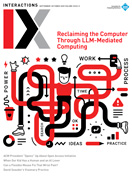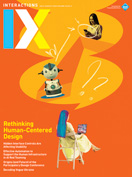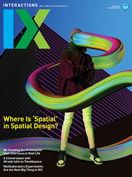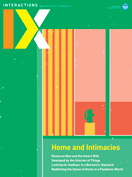Authors:
David Chatting
The country houses of Victorian England were curious places. Often situated on large estates, away from the industrializing towns and cities, they were the ancestral homes of aristocratic families and the playgrounds of the nouveau riche. It was in these grand houses that many of the domestic technologies that became commonplace in the 20th century were first to be found—namely plumbing, central heating, electric lights, and telecommunication. In their early experimental forms, these technologies functioned to publicly signal the wealth, influence, and learning of their masters. Sites like Lord Armstrong's Cragside were showcases of the new technologies, for the…
You must be a member of SIGCHI, a subscriber to ACM's Digital Library, or an interactions subscriber to read the full text of this article.
GET ACCESS
Join ACM SIGCHIIn addition to all of the professional benefits of being a SIGCHI member, members get full access to interactions online content and receive the print version of the magazine bimonthly.
Subscribe to the ACM Digital Library
Get access to all interactions content online and the entire archive of ACM publications dating back to 1954. (Please check with your institution to see if it already has a subscription.)
Subscribe to interactions
Get full access to interactions online content and receive the print version of the magazine bimonthly.






